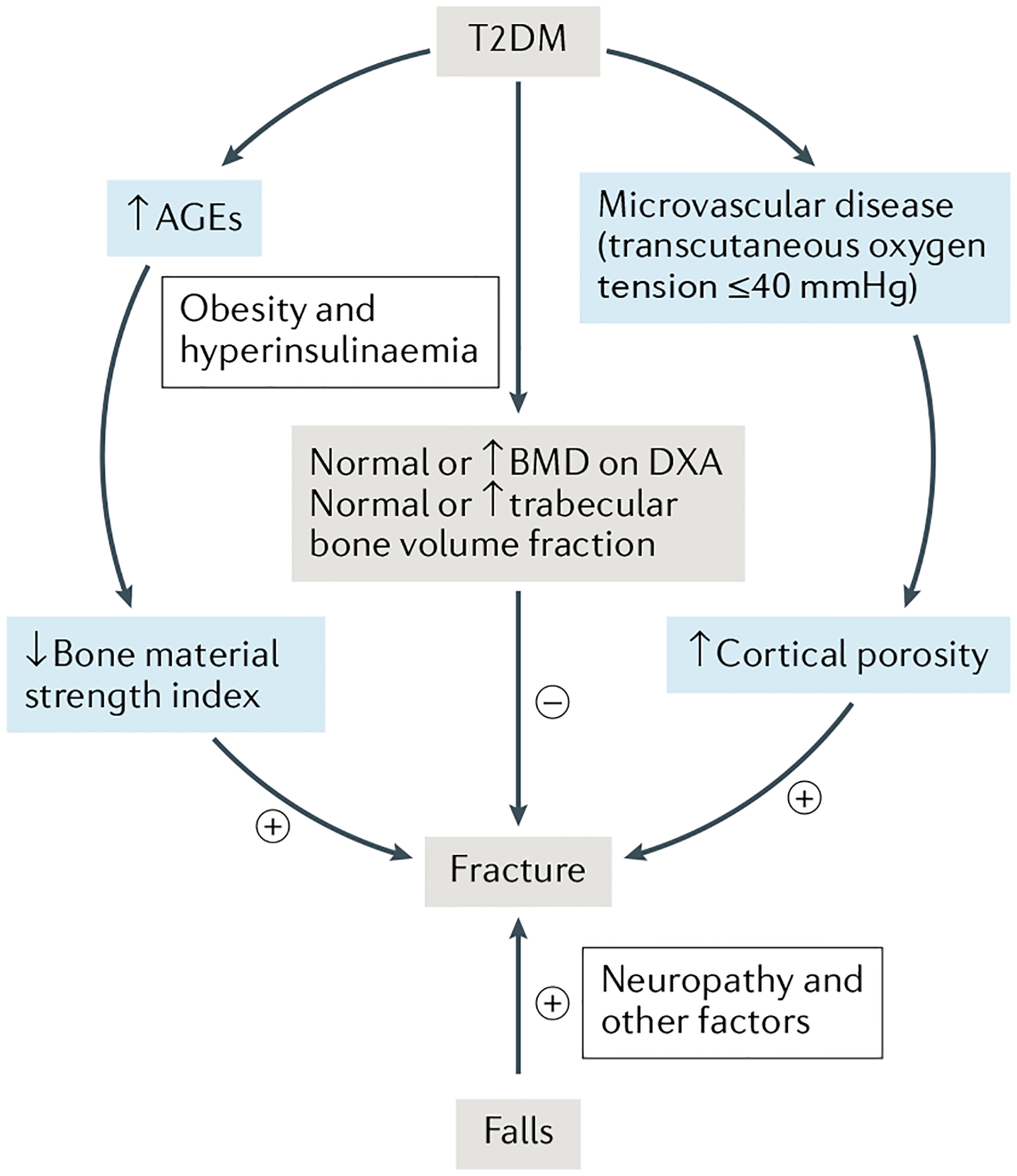Fig. 3 |. A working model for the pathogenesis of skeletal fragility and increased fracture risk in patients with T2DM.

Patients with type 2 diabetes mellitus (T2DM) generally have preserved or increased bone mineral density (BMD) as measured by dual-energy X-ray absorptiometry (DXA) and trabecular bone fraction as measured by high-resolution peripheral quantitative CT (HR-pQCT), which is probably related to obesity and/or hyperinsulinaemia. However, these patients have impaired bone quality, including increased accumulation of advanced glycation end products (AGEs) in bone that leads to impaired bone material properties and microvascular disease that contributes to increased cortical porosity. Patients with T2DM also have an increased propensity for falls, which further contributes to fracture risk. +, increases fracture risk; −, decreases fracture risk. FIGURE 3 reproduced with permission from Samakkarnthai et al.37.
